Austin Greene
Been spending a lot of time on here!
- Joined
- Jan 6, 2012
- Messages
- 1,472
- Reaction score
- 855
- Location
- Mountain View, California
- Website
- www.austingreenephotography.com
- Can others edit my Photos
- Photos NOT OK to edit
Hey folks,
No, I don't have my first wedding shoot yet. I'm still enjoying my time on the sidelines, watching, trying to get in as a second shooter with nearby pro's. That said, I did attend a family wedding about a month ago and I noticed something that really made me wonder.
I'm a big fan of getting my lighting right in the field. I'll edit, but I'd prefer not filling my days with dodging and burning portions of images when I could just bring a flash along and get exactly the look I want with the camera still on my neck. Well as I watched my brother's wedding photographer I noticed something, she hardly ever used flash. Actually, NEVER. Not her, not her assistant, nada. Not even a reflector. She might have used some when she pulled them off after the ceremony, but I certainly didn't see so much as a lone speedlight for the entirety of the event beforehand, including the first look. Indoors, outdoors, directional lighting or not, she never broke one out (I don't know if she even brought one), and it confused the hell out of me because she's considered one of the best in her state. I've seen her photos, and they look beautiful, but something doesn't add up. Her strategy seemed to be:
1. Meter
2. Somewhat compose (1 second behind the viewfinder)
3. Spray frames like it's no ones business via her 5DmkIII on full burst. She wasn't looking through the viewfinder half the time. For what I'd expect to take one or two frames, she'd pop off 20-40.
I'm not knocking her technique, it seems to work for her. I am looking for a bit of clarification on two things though, as someone who is looking to go into wedding photography at some point.
1. Is spray and pray normal in wedding photography? I suppose I expected more finesse, but perhaps it's really more about having the volume of frames as an insurance policy for missed moments?
2. Is it normal to go an entire ceremony without once using a flash of any sort, even during the private first look and bride/groom portraits? Watching her I'd absolutely think the lighting demanded use of a flash, but my guess is she planned on just doing quite a bit of exposure adjustment after the fact to give them more "pop." I get not using flash during the ceremony (though we were outdoors), but even during the first look? Really?
Her images are beautiful, I'm just a little confused as to how she gets them to that point. It's either a lot of post work, or magic.
P.S: Something I found interesting was her use of a light panel (small one, 6x4 inches or so) during the evening as a light source while folks were dancing. I'd never seen that done before in place of a flash given the faster shutter speeds she'd need to be using.
No, I don't have my first wedding shoot yet. I'm still enjoying my time on the sidelines, watching, trying to get in as a second shooter with nearby pro's. That said, I did attend a family wedding about a month ago and I noticed something that really made me wonder.
I'm a big fan of getting my lighting right in the field. I'll edit, but I'd prefer not filling my days with dodging and burning portions of images when I could just bring a flash along and get exactly the look I want with the camera still on my neck. Well as I watched my brother's wedding photographer I noticed something, she hardly ever used flash. Actually, NEVER. Not her, not her assistant, nada. Not even a reflector. She might have used some when she pulled them off after the ceremony, but I certainly didn't see so much as a lone speedlight for the entirety of the event beforehand, including the first look. Indoors, outdoors, directional lighting or not, she never broke one out (I don't know if she even brought one), and it confused the hell out of me because she's considered one of the best in her state. I've seen her photos, and they look beautiful, but something doesn't add up. Her strategy seemed to be:
1. Meter
2. Somewhat compose (1 second behind the viewfinder)
3. Spray frames like it's no ones business via her 5DmkIII on full burst. She wasn't looking through the viewfinder half the time. For what I'd expect to take one or two frames, she'd pop off 20-40.
I'm not knocking her technique, it seems to work for her. I am looking for a bit of clarification on two things though, as someone who is looking to go into wedding photography at some point.
1. Is spray and pray normal in wedding photography? I suppose I expected more finesse, but perhaps it's really more about having the volume of frames as an insurance policy for missed moments?
2. Is it normal to go an entire ceremony without once using a flash of any sort, even during the private first look and bride/groom portraits? Watching her I'd absolutely think the lighting demanded use of a flash, but my guess is she planned on just doing quite a bit of exposure adjustment after the fact to give them more "pop." I get not using flash during the ceremony (though we were outdoors), but even during the first look? Really?
Her images are beautiful, I'm just a little confused as to how she gets them to that point. It's either a lot of post work, or magic.
P.S: Something I found interesting was her use of a light panel (small one, 6x4 inches or so) during the evening as a light source while folks were dancing. I'd never seen that done before in place of a flash given the faster shutter speeds she'd need to be using.
Last edited:


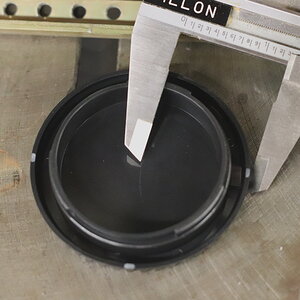


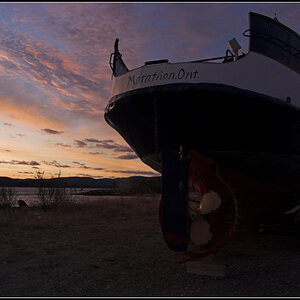
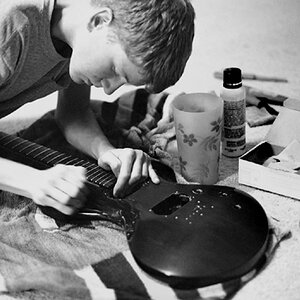
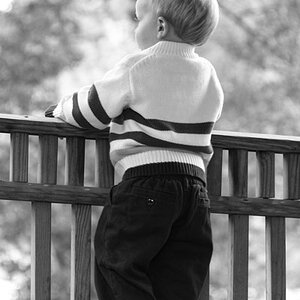
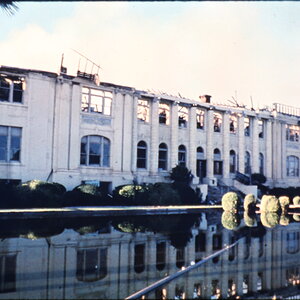
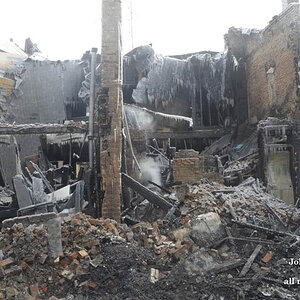
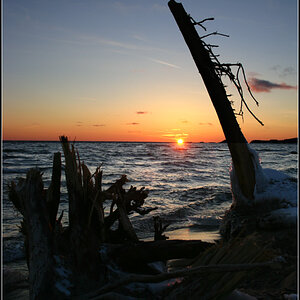
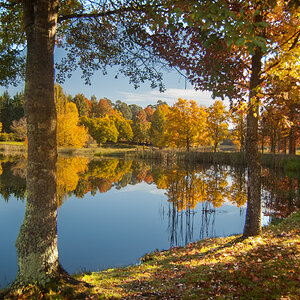
![[No title]](/data/xfmg/thumbnail/31/31095-2b52a6dcc956382cffdd384ae4d156f2.jpg?1619734612)
![[No title]](/data/xfmg/thumbnail/42/42268-15c1c02cec1d71208987fc7c7ec7784c.jpg?1619740077)